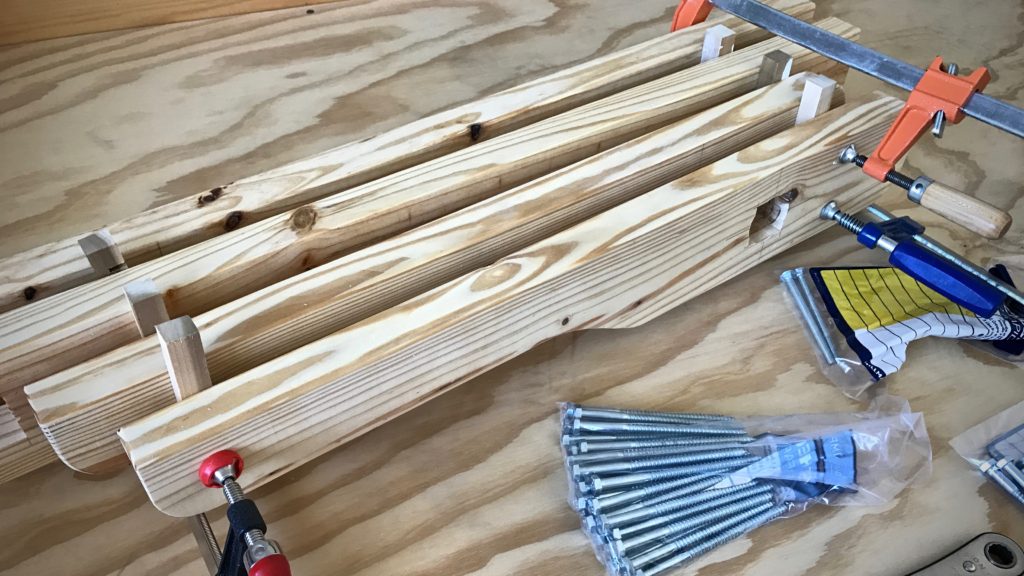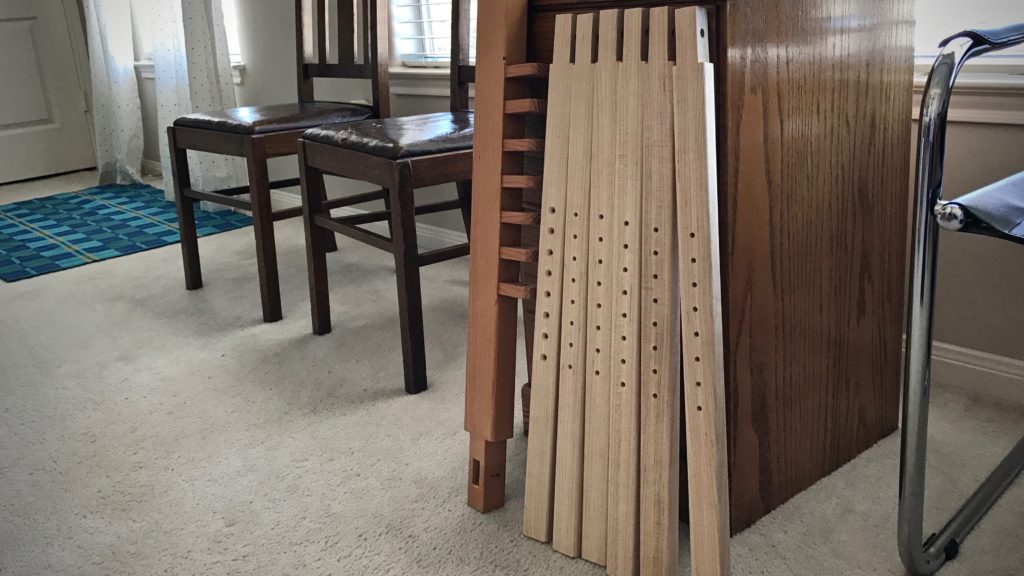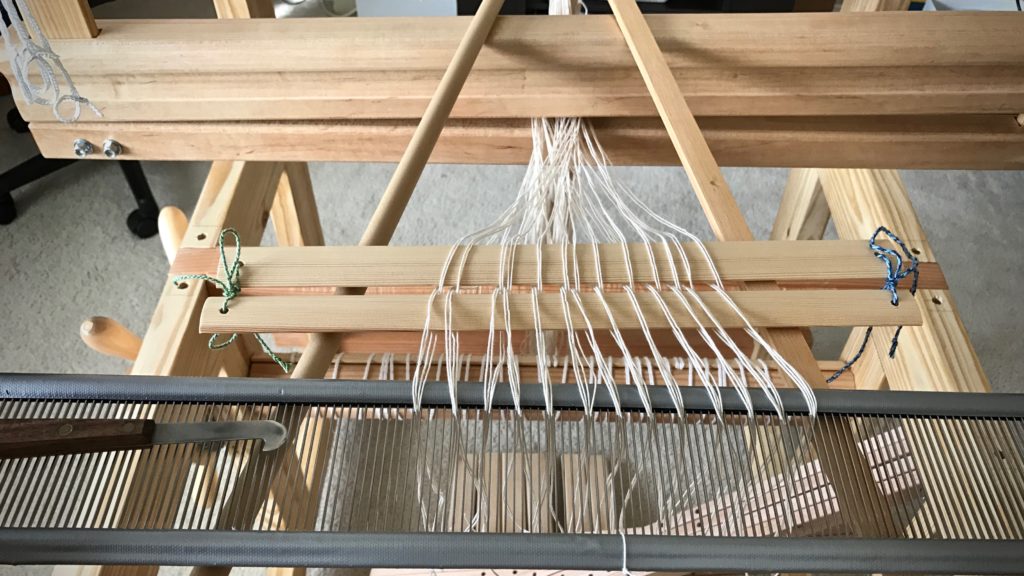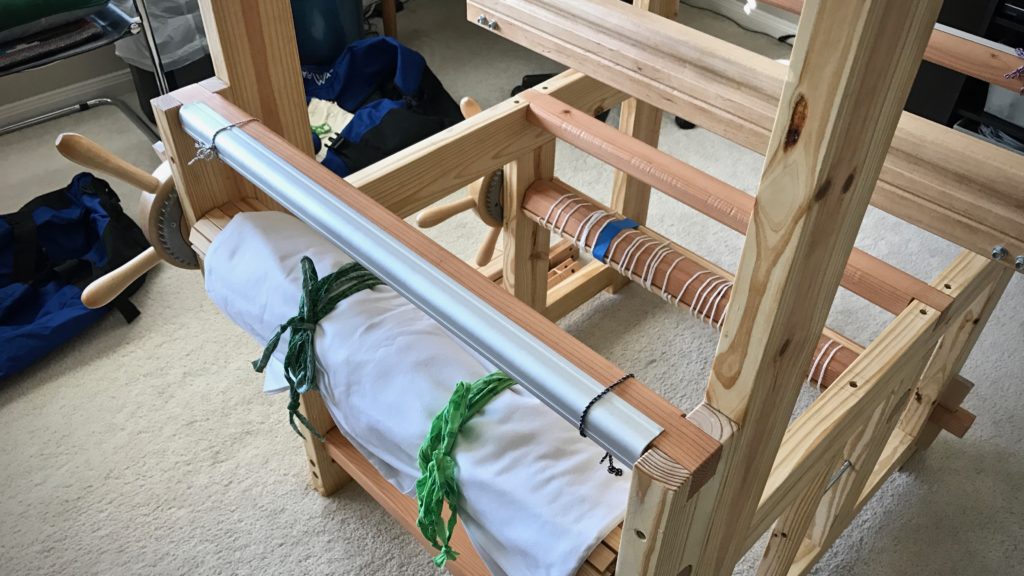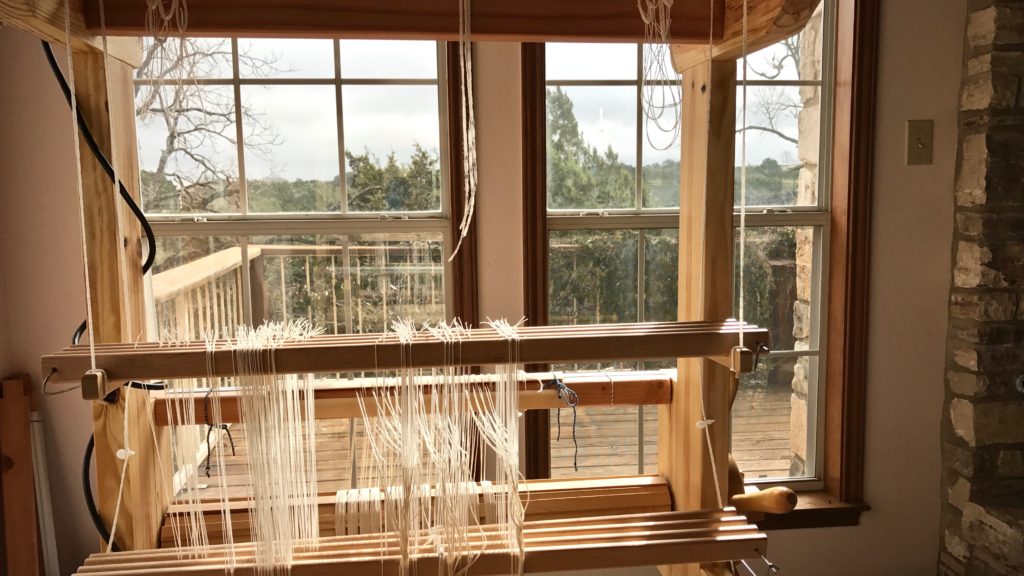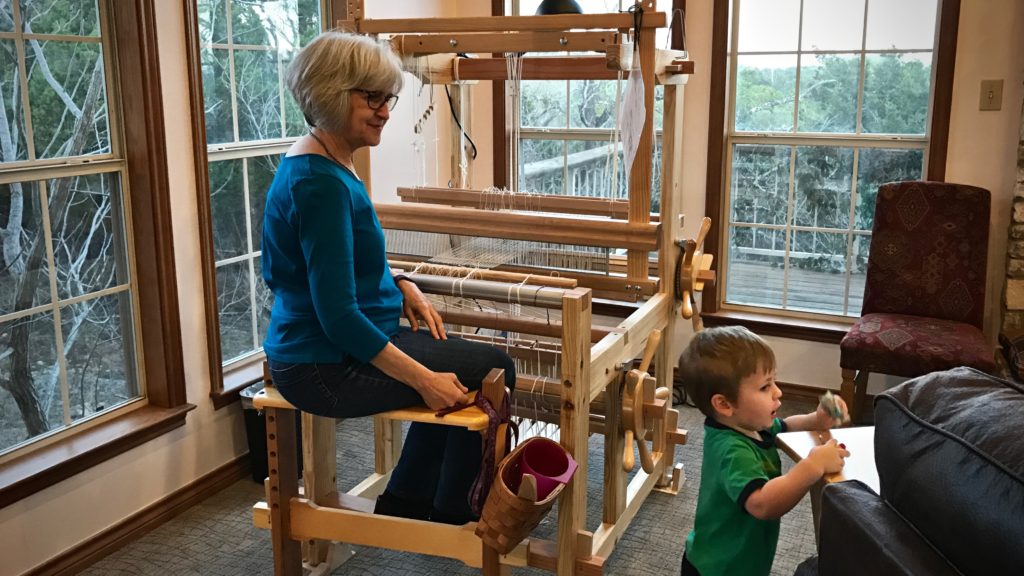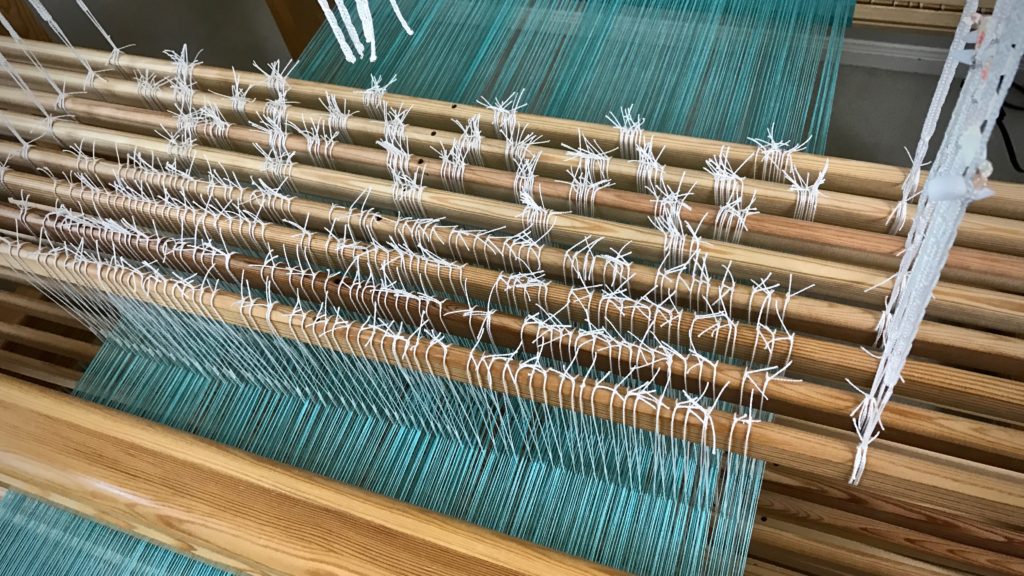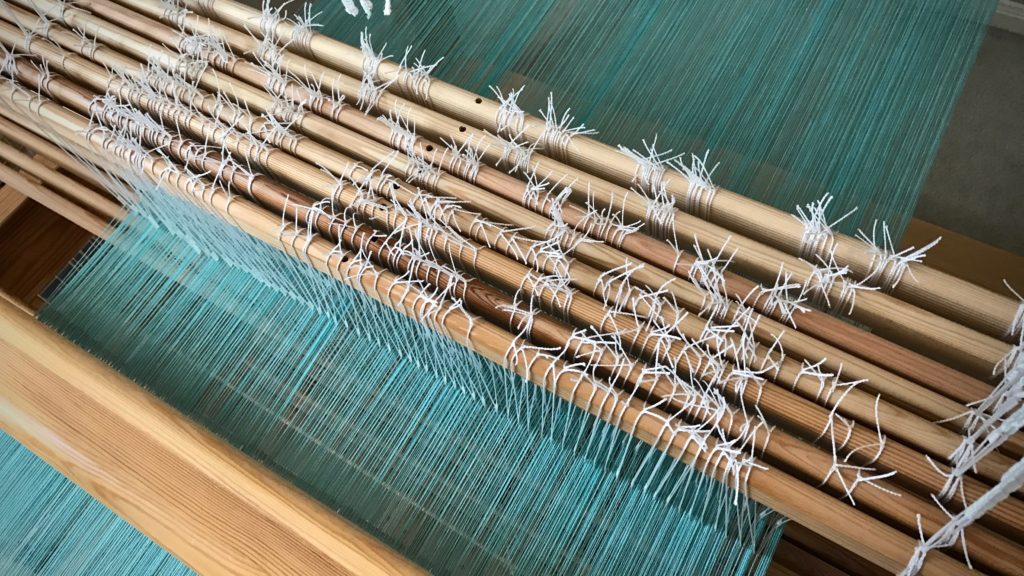Threading errors happen. But you can reduce their occurrence. After beaming a warp, I count the warp ends into threading groups before I start threading. Always. This is the first step in reducing threading errors.
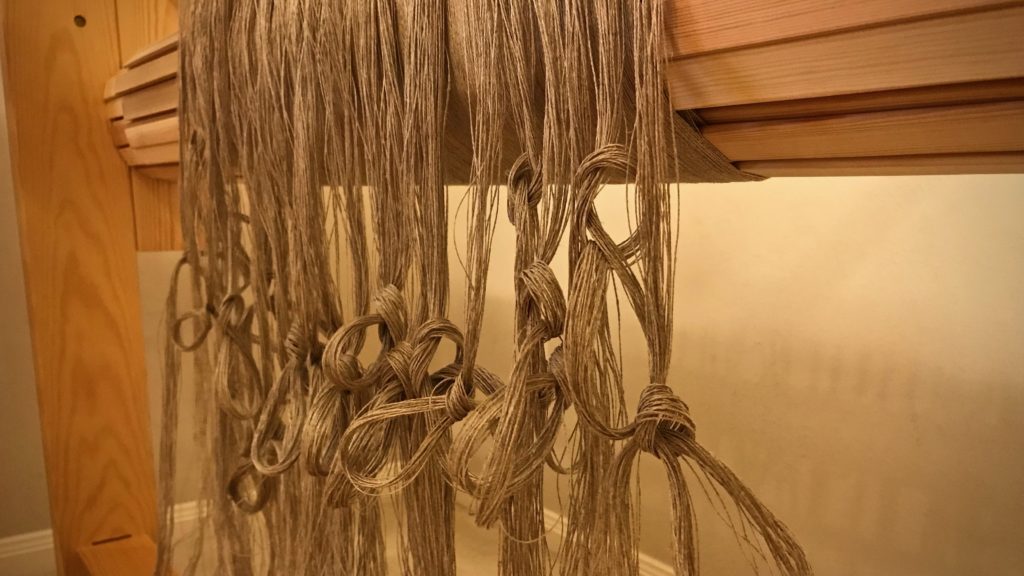
The second step in nearly eliminating threading errors is to check every threaded group right after it’s threaded, thread by thread. These intentional steps expose mistakes early in the process. I would rather find an error now than later.
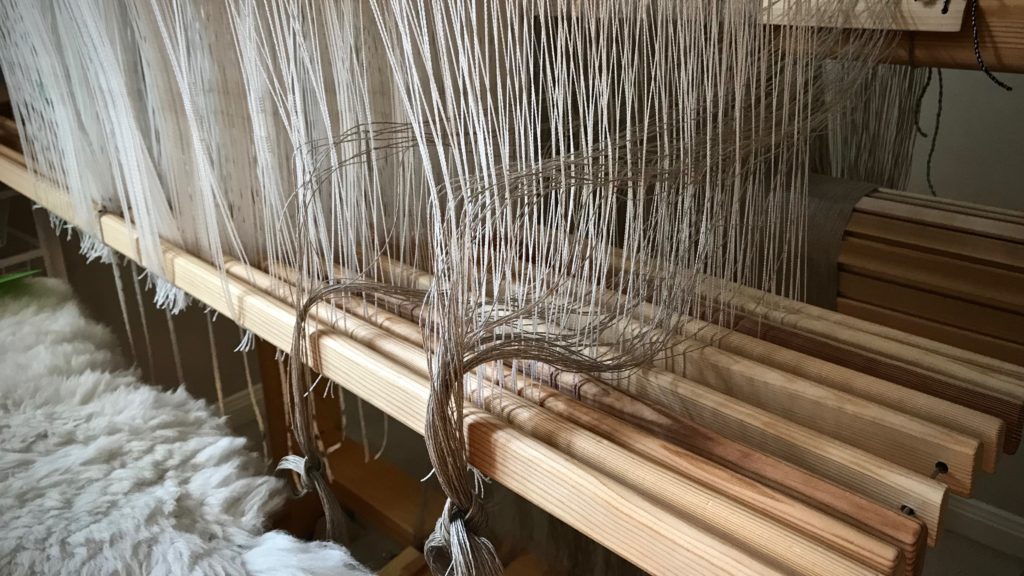
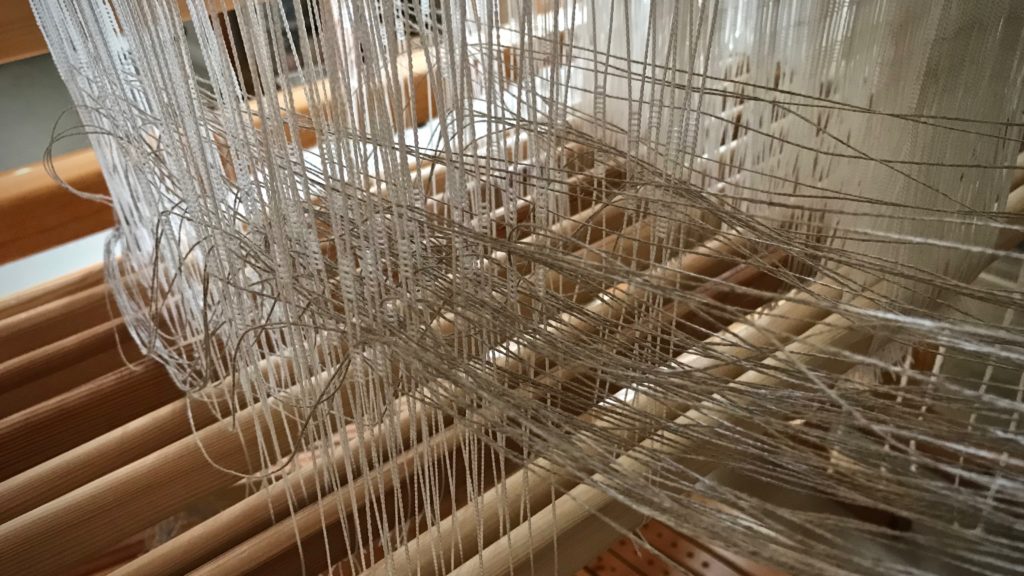
Did the spider check for threading errors before weaving her intricate pattern? Did she know her invisible web could be seen on a dew-rich foggy morning?
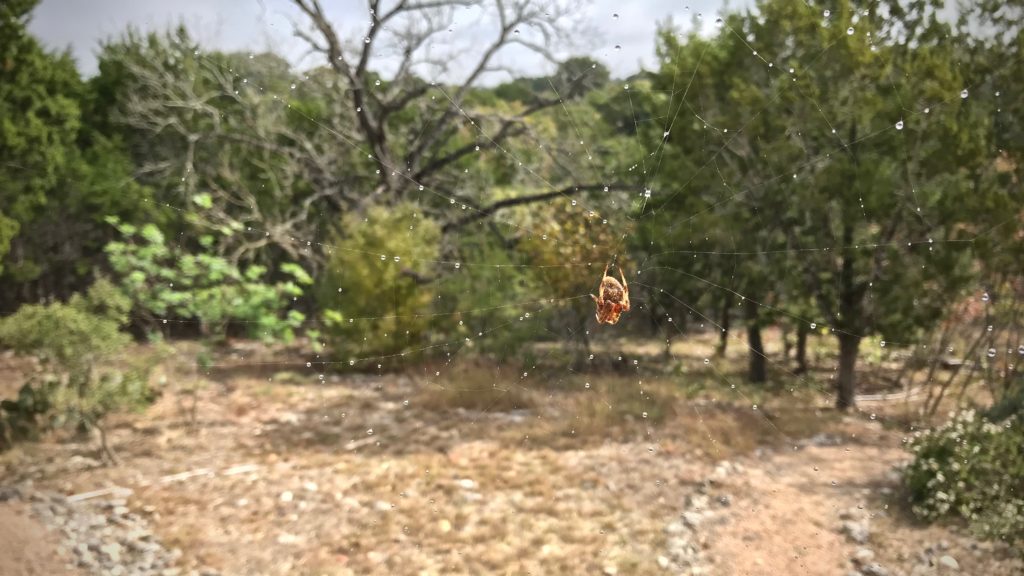
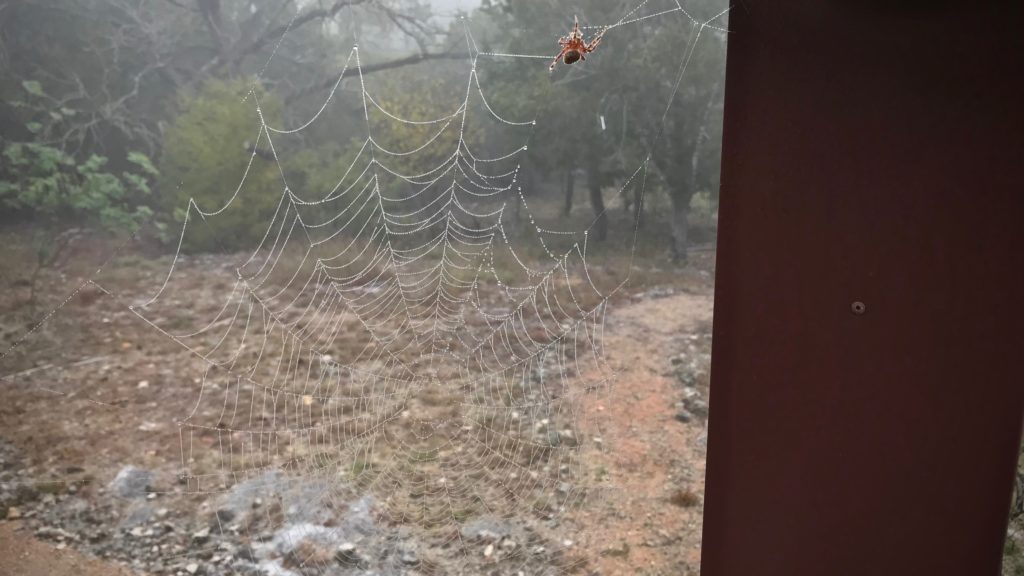
Our world tells us to make enemies, and hate haters. To grip what is mine, and demand my rights. It’s in my human nature to be that way. But love is different. Love your enemy, do good instead of hate, pray for those who mistreat you. Is that possible? Yes, if you know the love of God firsthand. Love makes you different. It changes you, making you want to take account of your attitudes, and check your motives. Count threading groups, and check the threading. There will be errors as you weave, but they are learning experiences, not fights. Remember, the invisible web we weave may not be as invisible as we think.
May you be different.
With love,
Karen





